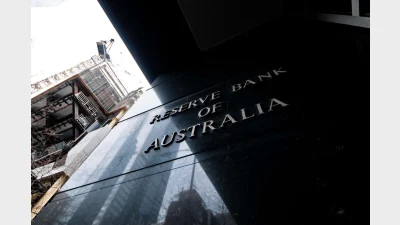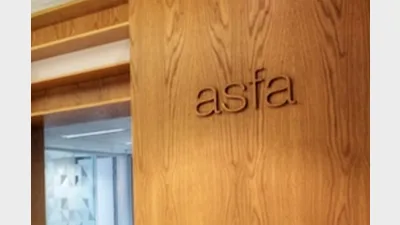Super tax benefits asset performance


Investing in Australian equities via a superannuation vehicle rather than directly returned an additional 2.4 per cent compared to high marginal tax rate investors over 10 years, according to the latest Russell Investments/ASX long-term investing report.
Russell said the difference in after-tax returns between types of investors in the same asset class highlighted opportunities in choosing the right investment structure.
Investing via superannuation would become even more attractive in the future due to the 0.5 per cent Medicare increase and the potential for higher personal tax rates, it said.
Australian shares retuned 8.9 per cent per annum gross, 9.2 per cent on an after-tax basis for the lowest marginal tax rate and 6.9 per cent for the highest marginal tax bracket. The asset class performed best in superannuation at 9.3 per cent due to the 15 per cent tax charged on super assets.
While asset performance was largely on par for investment through superannuation and investors with the lowest tax rate for other asset classes, the difference was stark for higher income earners.
Residential property returned 1.2 per cent more in super, Australian residential property 1.2 per cent, Australian listed property, 0.7 per cent and Australian fixed interest 2.0 per cent.
Super also won out on global assets, returning an extra 2.6 per cent on global fixed interest, 1.2 per cent on cash, 1.5 per cent for hedged global shares and 0.5 on per cent unhedged terms. Unhedged global listed property returned 1.4 per cent more invested via superannuation.
Recommended for you
Governor Bullock took a more hawkish stance on Tuesday, raising concerns over Trump’s escalating tariffs, which sent economists in different directions with their predictions.
Equity Trustees has announced the appointment of Jocelyn Furlan to the Superannuation Limited (ETSL) and HTFS Nominees Pty Ltd (HTFS) boards, which have oversight of one of the companies’ fastest growing trustee services.
Following growing criticism of the superannuation industry’s influence on capital markets and its increasing exposure to private assets, as well as regulators’ concerns about potential risks to financial stability, ASFA has released new research pushing back on these narratives.
A US-based infrastructure specialist has welcomed the $93 billion fund as a cornerstone investor.













